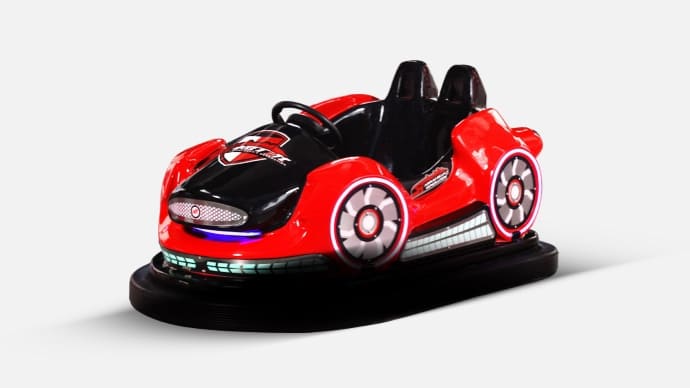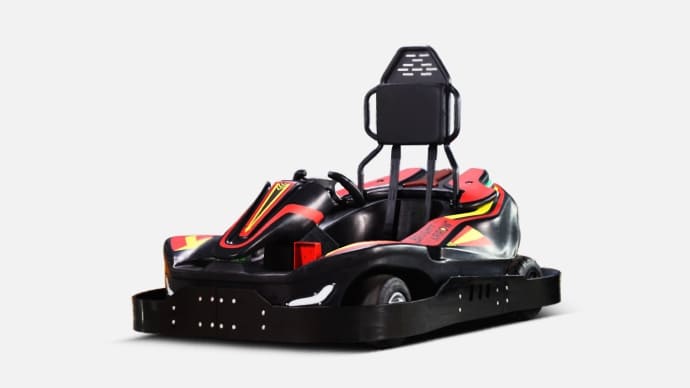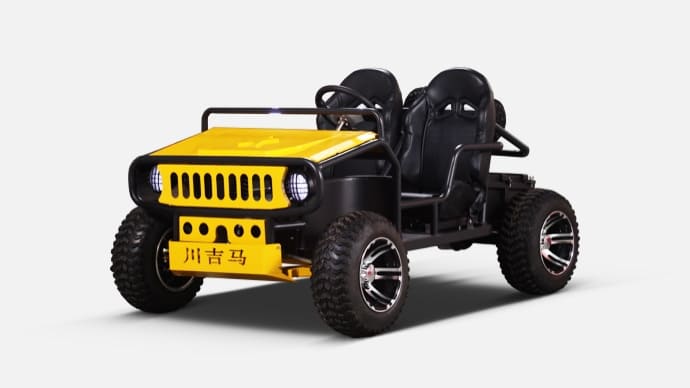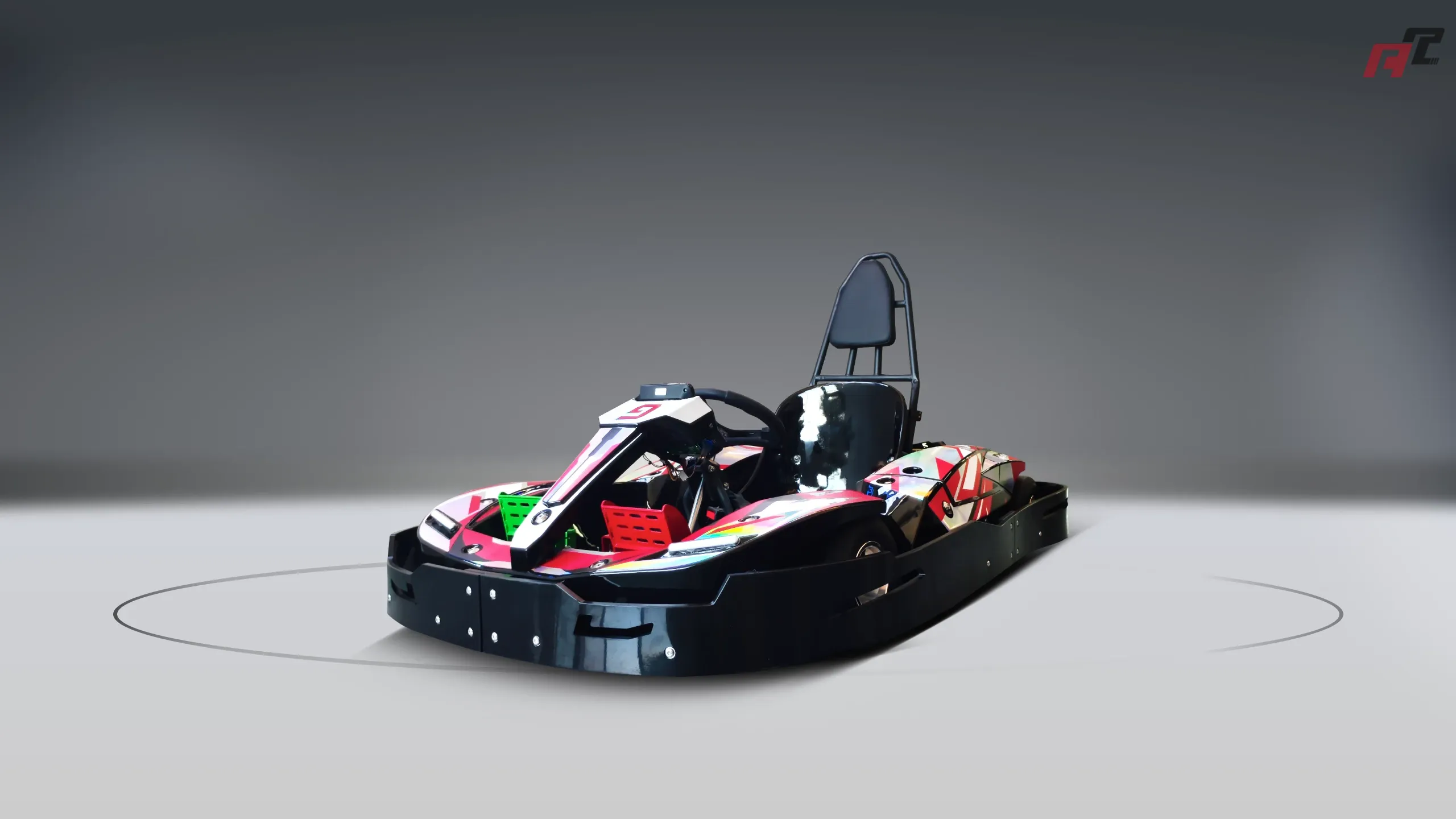are bumper cars safe for kids | ANCHI Guide
Explore the safety of bumper cars for kids! Learn about age/height restrictions, safety features (seatbelts, padding), and injury risks. Get expert insights for a fun, safe ride at ANCHI.
Are Bumper Cars Safe for Kids? Understanding the Risks and Safety Measures
Bumper cars are a classic amusement park ride, offering thrills and laughter. But when it comes to our children, safety is paramount. So, are bumper cars safe for kids? The answer is nuanced. While generally considered safe when operated and used correctly, there are inherent risks. This article dives deep into the safety aspects of bumper cars, focusing on factors that affect children.
1. What are the age and height restrictions for bumper cars?
Age and height restrictions are in place to ensure a child's physical maturity aligns with the forces experienced during the ride. These restrictions vary by location and ride operator, but are essential safety guidelines.
- Typical Height Restrictions: Most bumper car rides require riders to be at least 42 inches (107 cm) to 48 inches (122 cm) tall. This ensures the child is tall enough to reach the pedals comfortably and be adequately restrained by the seatbelt.
- Typical Age Restrictions: Age restrictions often accompany height restrictions. For example, a park might require riders to be at least 5 years old, even if they meet the height requirement. This considers the child's understanding of the ride's instructions and ability to react appropriately.
It's crucial to always check the specific rules posted at the bumper car ride before allowing your child to participate. Operators strictly enforce these rules, and ignoring them can increase the risk of injury.
2. What safety features are standard on bumper cars?
Bumper cars incorporate several safety features to minimize the risk of injury:
- Seatbelts: Most modern bumper cars are equipped with lap belts or shoulder harnesses. These restraints keep riders securely in their seats during collisions.
- Padding: The bumper car is surrounded by a large rubber bumper designed to absorb impacts. The interior of the car may also have padded surfaces to protect riders.
- Speed Limiters: Bumper cars have speed limiters to prevent them from traveling at excessive speeds, reducing the force of impacts. Typical maximum speeds range from 5 mph (8 km/h) to 8 mph (13 km/h).
- Automatic Shut-Offs: Many systems incorporate automatic shut-off mechanisms that can be triggered by ride operators in case of emergency.
Regular maintenance and inspection of these safety features are crucial. Reputable amusement parks and ride operators have rigorous maintenance schedules to ensure all safety devices are functioning correctly.
3. What are the common injuries associated with bumper cars?
While designed to be safe, bumper cars can cause minor injuries. The most common include:
- Whiplash and Neck Strain: Sudden impacts can cause whiplash, a neck injury resulting from a rapid back-and-forth movement of the head.
- Back Pain: Similar to whiplash, the sudden jolt can cause back pain or strain.
- Bruises and Bumps: Minor collisions can cause bruises and bumps, especially if riders are not properly secured.
Serious injuries are rare, but can occur if safety guidelines are ignored or if there are mechanical malfunctions.
4. How can I ensure my child's safety on bumper cars?
Here are steps you can take to maximize your child's safety:
- Follow the Rules: Obey all age, height, and weight restrictions. Never try to circumvent these rules.
- Proper Restraint: Ensure your child is properly secured in the seatbelt or harness. Make sure it's snug but not too tight.
- Instruct Your Child: Explain the rules of the ride to your child and emphasize the importance of keeping their hands and arms inside the car.
- Observe the Ride: Before allowing your child to ride, observe the ride in operation to ensure it appears well-maintained and operated safely.
- Report Concerns: If you notice any potential hazards, such as loose seatbelts or aggressive driving by other riders, report them to the ride operator immediately.
5. What are the different types of bumper cars?
Knowing the different types of bumper cars can help you assess their suitability for your child.
- Traditional Bumper Cars (Electric): These cars draw power from an overhead grid. They are the most common type and usually have the slowest speeds.
- Bumper Boats: These are bumper cars that operate in a shallow pool of water. While fun, they may present additional safety concerns due to the water.
- Battery-Operated Bumper Cars: These cars have self-contained batteries. These may allow for more flexibility in design and operation.
By understanding the specific characteristics of each type, you can make a more informed decision about which rides are best suited for your child's age and abilities.
In conclusion, bumper cars can be a safe and enjoyable experience for kids when appropriate safety measures are followed. By understanding the risks, adhering to the rules, and taking necessary precautions, you can help ensure your child has a fun and safe ride.














